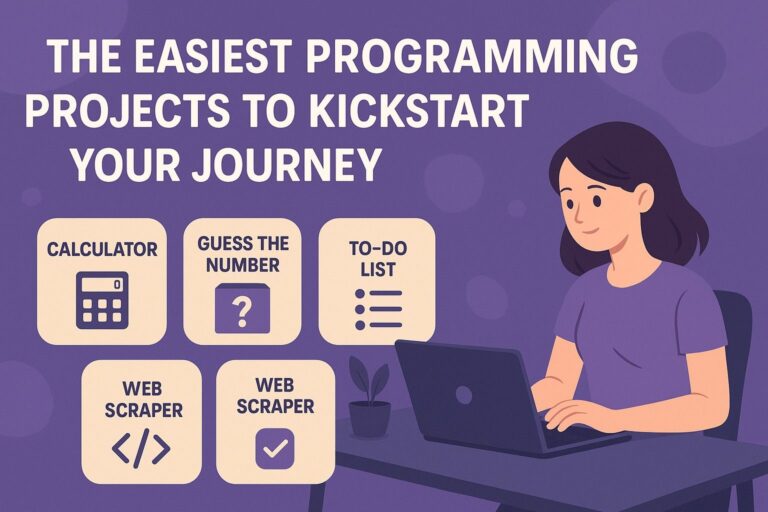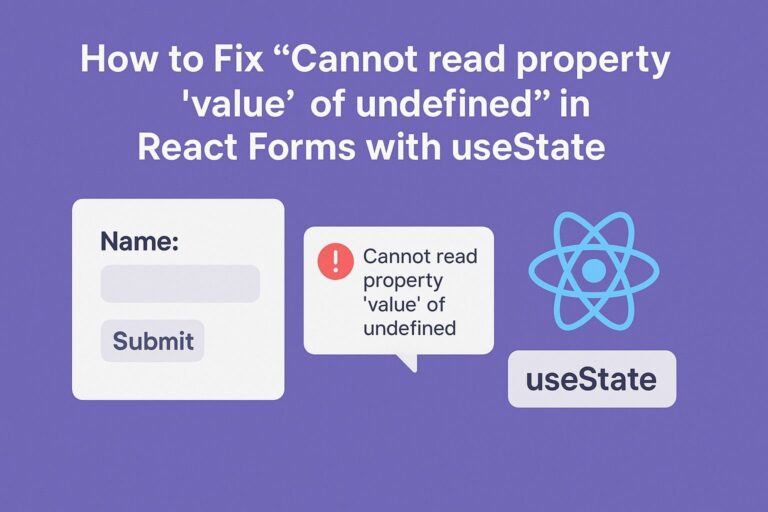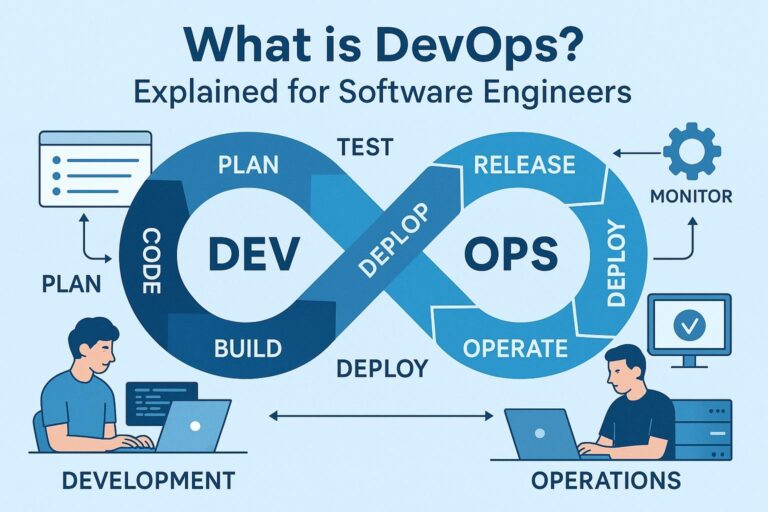
Technology has fundamentally transformed almost every aspect of daily life—how we communicate, work, learn, and entertain ourselves. While digital innovation brings numerous advantages, there is mounting concern about its impact on our attention span and ability to maintain sustained focus in increasingly distracted environments.
From smartphones that continuously ping with notifications to social media platforms meticulously engineered to maximize engagement, technology acts as both a powerful enabler and a potential disruptor of cognitive function. Understanding the multifaceted ways technology influences attention and focus is essential for individuals, educators, employers, and policymakers who seek to optimize productivity, learning outcomes, and mental well-being in the digital age.
The Science of Attention and Focus
Attention is a complex cognitive process enabling selective concentration on particular stimuli while filtering out irrelevant information. Closely related, focus refers to the ability to sustain attention on a single task or subject over an extended period.
Cognitive neuroscience reveals that human attention is inherently limited and finite. The brain’s executive control systems must continuously manage competing sensory inputs and cognitive demands. Excessive multitasking, frequent interruptions, and information overload can overwhelm these systems, leading to:
- Mental fatigue
- Reduced working memory capacity
- Lower retention of information
- Impaired decision-making
- Decreased overall cognitive performance
This fragility underscores why understanding technological influences on attention is vital.
How Technology Shapes Our Attention
1. Constant Notifications and Interruptions
Modern digital devices generate a relentless stream of notifications—from emails, text messages, social media updates to app alerts—that frequently interrupt tasks. These interruptions fragment cognitive resources and incur task-switching costs, which reflect the mental effort required to disengage and then re-engage with primary activities.
Empirical studies indicate that even brief distractions can degrade performance on complex cognitive tasks by as much as 40%. Beyond objective impairment, the constant expectation of notifications fosters anticipatory anxiety and habitual compulsive checking, further fragmenting focus.
2. Multitasking and Task Switching
Technology encourages a culture of multitasking: toggling between multiple apps, browsing the internet while watching videos, or responding to messages during meetings. However, extensive research reveals that multitasking is largely inefficient and cognitively costly.
Frequent task switching overloads the prefrontal cortex, taxing working memory and executive control networks. The result is slower task completion, increased mistakes, and diminished depth of processing.
3. Short-Form Content and Reduced Patience
The rise of platforms such as TikTok, Instagram Reels, and Twitter has popularized rapid, bite-sized content designed for immediate consumption and gratification. This trend may condition users to expect constant novelty and rapid reward, undermining their ability to engage deeply with longer, more demanding content such as books, lectures, or detailed articles.
This shift contributes to shortened attention spans and lowered tolerance for sustained cognitive effort, potentially impacting critical thinking and problem-solving skills.
4. Algorithmic Content Personalization and Infinite Scroll
Social media and content platforms employ sophisticated algorithms that personalize feeds based on user behavior, maximizing engagement by prioritizing emotionally charged, sensational, or controversial content. This hyper-personalization cultivates echo chambers and encourages continuous, often unconscious, scrolling.
The “infinite scroll” design exploits vulnerabilities in impulse control and decision fatigue, making it difficult for users to disengage voluntarily and increasing passive consumption.
5. Blue Light Exposure and Sleep Disruption
Extended exposure to screens, especially in the evening, emits blue light that suppresses melatonin production, disrupting circadian rhythms. Poor sleep quality significantly impairs attention, memory consolidation, executive function, and emotional regulation.
This physiological impact compounds the cognitive challenges posed by excessive technology use, undermining the brain’s natural restorative processes essential for sustained focus.
6. Information Overload and Cognitive Fatigue
The sheer volume of information accessible through digital devices can overwhelm cognitive capacities, leading to information overload. Constant decision-making about what to attend to, combined with rapid shifts in attention, can induce mental exhaustion, reducing motivation and ability to concentrate over time.
Psychological and Neurological Effects
- Dopamine Reward Loop: Digital interactions stimulate the brain’s reward pathways, releasing dopamine that reinforces checking behavior and platform engagement, sometimes fostering addictive patterns.
- Neural Plasticity and Gray Matter Changes: Emerging research indicates that chronic multitasking and high digital media consumption may correlate with reductions in gray matter volume in areas associated with attention control, such as the anterior cingulate cortex.
- Heightened Stress and Anxiety Levels: The compulsion to remain connected and responsive elevates cortisol and other stress hormones, which can impair working memory and emotional resilience.
- Reduced Deep Work Capacity: Frequent interruptions and shallow engagement undermine the ability to enter states of deep work, where complex tasks requiring focus and creativity are accomplished.
Strategies to Mitigate Negative Impacts
Embrace Digital Minimalism
Deliberately reduce digital noise by unsubscribing from non-essential notifications and limiting app usage to essential functions. Adopt scheduled “tech-free” periods, particularly during focused work or family time.
Practice Mindfulness and Cognitive Training
Mindfulness meditation, breathing exercises, and attention training improve executive control and emotional regulation, enhancing resilience against distraction.
Leverage Technology to Manage Technology
Use productivity apps that block distracting websites, schedule focused work intervals (e.g., Pomodoro technique), and provide insights on screen time and usage patterns to encourage balanced habits.
Optimize Physical and Work Environments
Create dedicated, distraction-free zones for focused tasks. Minimize ambient noise and visual interruptions, and use ergonomically designed workspaces to support cognitive function.
Prioritize Sleep Hygiene
Avoid screen exposure at least one hour before bedtime. Maintain consistent sleep schedules and create restful environments to promote restorative sleep critical for attention and memory.
Conclusion
Technology, while an unparalleled tool for connectivity and information, presents significant challenges to our brain’s natural ability to maintain attention and focus. Its design and usage patterns often exploit psychological vulnerabilities, leading to fragmented cognition, reduced patience for deep engagement, and increased mental fatigue.
Recognizing these influences enables individuals and organizations to consciously adopt strategies that balance the benefits of technology with cognitive health preservation. Through intentional use, environmental design, and mindfulness, it is possible not only to mitigate the negative impacts of technology but also to harness its power to enhance productivity, creativity, and well-being in an increasingly digital world.

I’m Shreyash Mhashilkar, an IT professional who loves building user-friendly, scalable digital solutions. Outside of coding, I enjoy researching new places, learning about different cultures, and exploring how technology shapes the way we live and travel. I share my experiences and discoveries to help others explore new places, cultures, and ideas with curiosity and enthusiasm.






